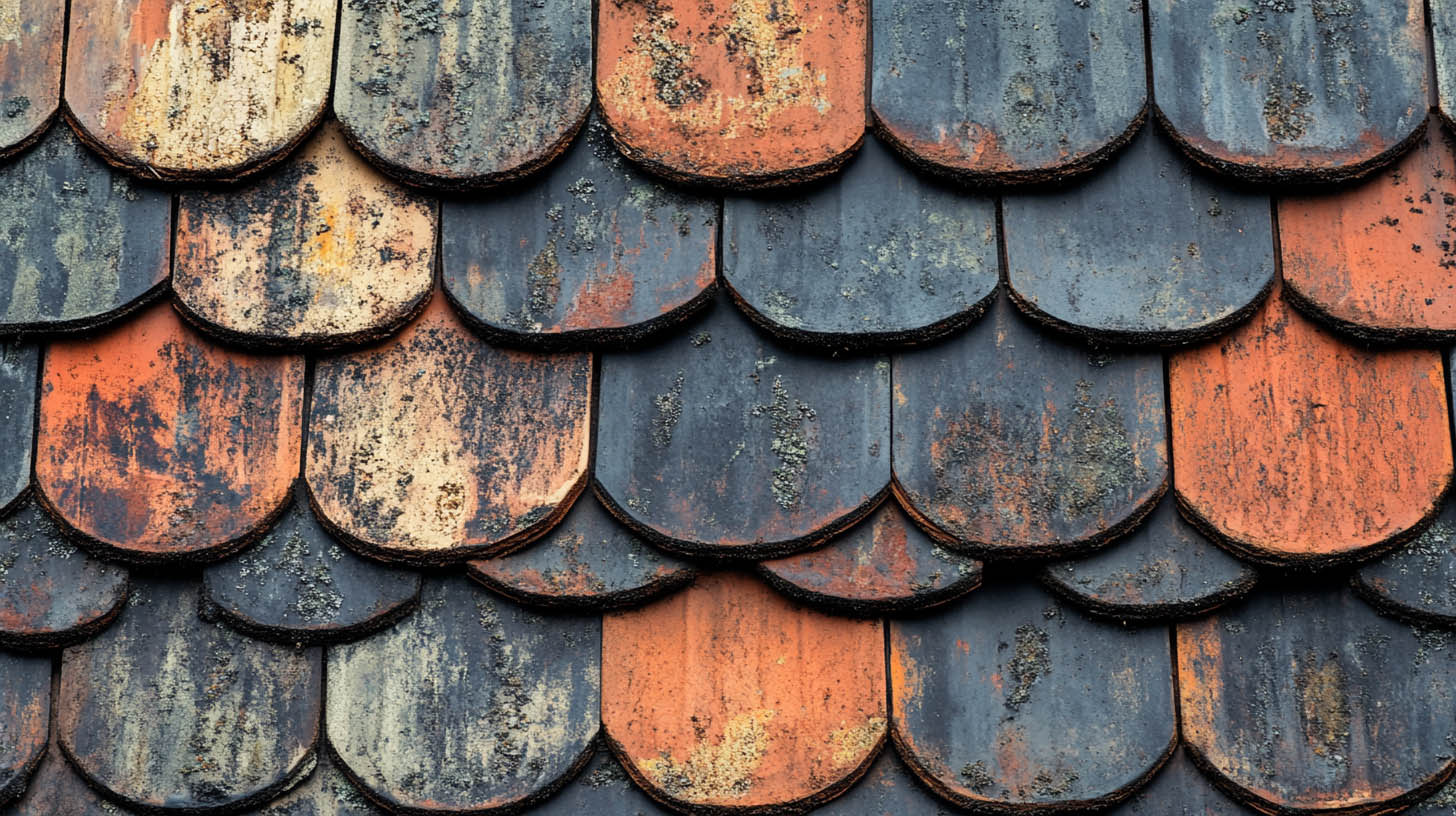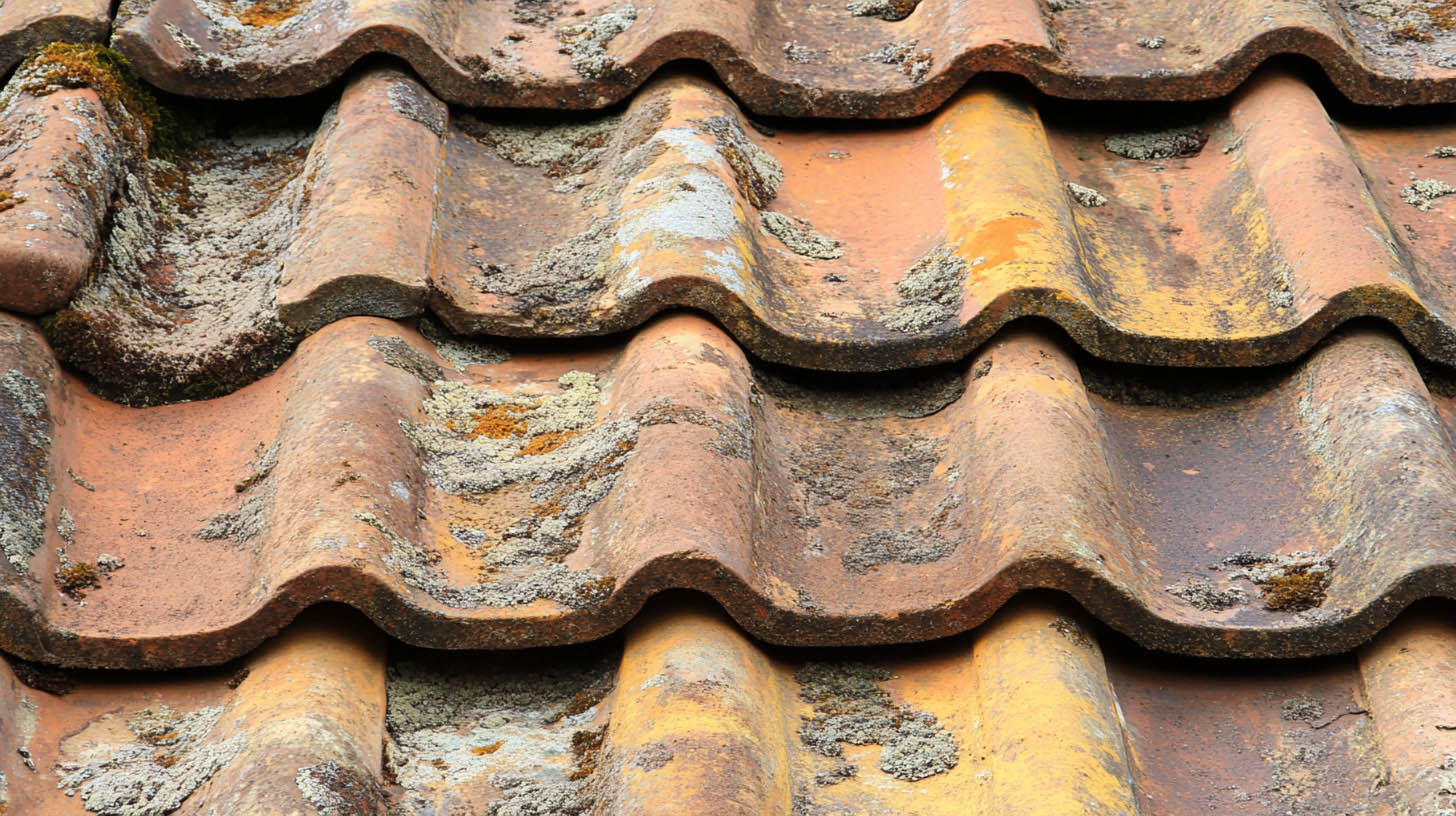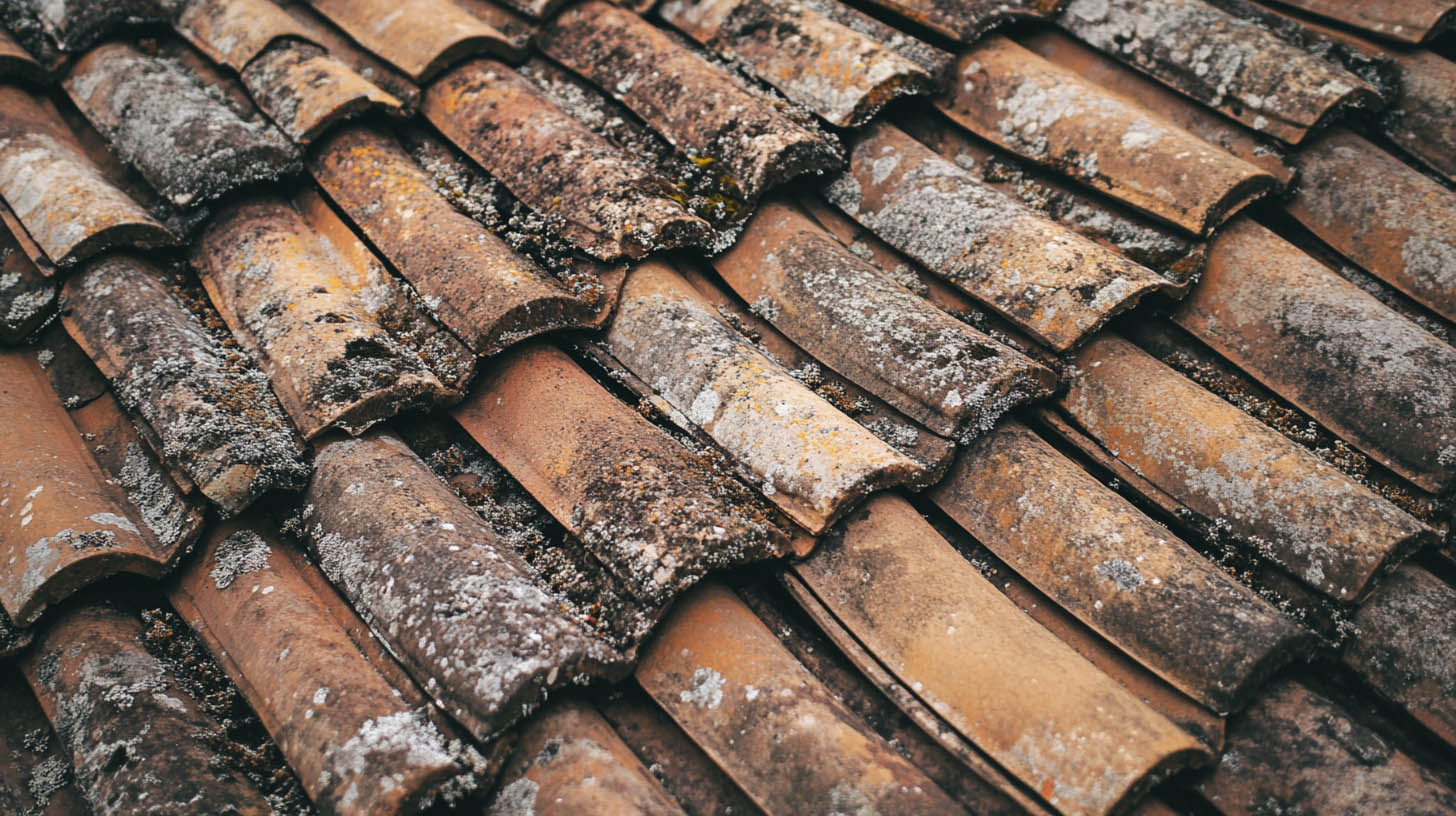When it comes to home insurance, the age of your roof plays a significant role in determining coverage and premiums, especially when you work with our company, Vera Roofing and Construction. Insurance companies view your roof as a critical component of your home’s protection from the elements.
Understanding the relationship between the age of your roof and your roofing is crucial for homeowners to make informed decisions about maintenance, repair, or replacement, which is why our team at Vera Roofing And Construction is here to help. Our certificates include being a GAF Master Elite Contractor, Firestone/Elevate Licensed Contractor for Commercial Roofs, and having an A+ BBB rating. These certifications showcase our commitment to excellence and quality in the roofing industry.
The Critical Role of Roof Age in Home Insurance Policies
The age of your roof plays a vital role in homeowners’ insurance policies, influencing coverage and premium rates. Insurance firms regard the condition of your roof as a significant factor in their risk assessment. Typically, older roofs pose greater risks of damage, which can result in more claims and problems. Therefore, how the age of your roofing impacts your homeowner’s coverage is crucial for taking proactive measures to ensure the protection of your home. Understanding this relationship can help you address potential issues effectively.
How Insurers View Roof Age and Risk Assessment
Insurance companies assess the age of a roof to determine the level of risk. An older roofing may indicate a higher risk due to potential problems such as wear and tear or damage. Workers take into account the material and installation process, as well as local building codes. Inspection reports and the age of the roof affect insurance coverage and premiums, as roofs nearing the end of their useful life may have higher rates. Regular inspections and maintenance can have a positive impact on how the risk associated with the age of your roof is assessed.
The Intersection of Roof Age and Policy Premiums
The age of your roof significantly impacts your insurance premiums, as older roofs can result in higher costs due to a greater risk of damage and associated problems. Insurance companies view roof age as a crucial element in rate determination. Conversely, newer roofs that are well-maintained usually lead to lower premiums, reflecting reduced risks. Therefore, maintaining your roof in excellent condition is essential, as it affects the overall cost of your insurance policy.

Key Roofing Materials and Their Lifespan
The roofing type and the type of roofing material significantly impacts its lifespan and, consequently, how insurance companies view it, especially considering how different roofing materials age. Some materials, such as metal roofs, are known for their durability and longevity, often exceeding the lifespan of traditional asphalt shingles. Our partnership with brands like GAF, Owens Corning, CertainTeed, Atlas, IKO, Firestone/Elevate, MuleHide, and F Wave allows us to offer a wide range of high-quality roofing materials to our customers. Understanding the expected lifespan of different roofing materials can help you anticipate potential insurance implications and make informed decisions about roofing maintenance or replacement.
Asphalt Shingles: Popular but Short-Lived
Asphalt shingles are a popular roofing choice due to their affordability and ease of installation. However, they have a relatively short lifespan compared to other materials. Insurance companies consider the age of your roof when assessing risk, and older asphalt shingles may lead to higher insurance premiums. Regular inspections to check for missing or loose shingles are crucial, as the condition of your roof directly impacts your insurance coverage and potential claims. Consider upgrading to more durable materials for better long-term insurance benefits.
Metal Roofing: Durability Meets Longevity
Metal roofing is renowned for its exceptional durability and longevity, making it a popular choice among homeowners seeking long-term solutions. With a lifespan that far exceeds traditional roofing materials, metal roofs offer robust protection against the elements and require minimal maintenance. Insurance providers often view metal roofs favorably due to their resilience, potentially leading to lower premiums for homeowners. Investing in a metal roof not only enhances the value of your home but also provides peace of mind knowing your roof can withstand the test of time.
Specialty Materials
When considering slate, tile, or clay tiles and cedar for your roof, their longevity impacts coverage. These durable materials can affect premiums positively due to their longevity, enhancing the insurability of your home. Insurers value these materials for their resilience, reducing the risk of damage and potential claims. By opting for slate, tile, or cedar roofs, homeowners can potentially lower costs and secure better coverage for their properties. These materials play a crucial role in the assessment of your roof’s condition.
Contact UsNavigating Insurance Coverage
Knowing how to navigate insurance coverage based on your roof’s age is crucial. For newer roofs, understanding your policy’s coverage for potential damage is essential. For older roofs, evaluating whether your current coverage adequately protects you from potential risks associated with an aging roof is essential.
The Challenges of Insuring Older Roofs
Insuring older roofs presents challenges due to increased risk of damage and wear. Insurance companies often view older roofs as more likely to have issues, leading to higher premiums or limited coverage options. The age of a roof influences the insurance provider’s assessment of potential risks, especially in the face of severe weather events. Obtaining coverage for an older roof may necessitate a closer look at thorough inspections, documentation of past maintenance, and potentially higher costs to ensure adequate protection, which may not provide full replacement cost coverage.

Benefits of Upgrading Your Roof
By upgrading to a newer roof, you can potentially lower your insurance premiums. Insurance companies often offer reduced rates for roofs that are in good condition. A new roof can also enhance the value of your home, making it more attractive to potential buyers. Additionally, with a newer roof, you are less likely to encounter costly repairs from storm damage or severe damage from leaks, leading to a decrease in insurance claims and ensuring better coverage in the long run.
Proactive Measures to Extend Roof Life and Enhance Insurability
Taking a proactive approach to roofing maintenance can significantly extend its lifespan and demonstrate when your roof is near the end of its lifespan, making roofing replacement a consideration, which can enhance its insurability. Regular inspections, prompt repairs, and proper upkeep demonstrate to companies that you’re taking steps to mitigate potential risks.
Importance of Regular Maintenance and Inspections
Regular maintenance and inspections, including a roof inspection, play a crucial role in safeguarding your roof and ensuring its longevity. By conducting routine checks and addressing any minor issues promptly, you can prevent problems from escalating into major repairs. Professional inspections help identify hidden concerns and maintain the roof’s integrity against natural elements.
Routine maintenance improves the longevity of the roof while also reinforcing your insurance coverage, as it showcases your proactive maintenance efforts, which may result in reduced premiums.
Call Us 972-460-0210Impact of Roof Repairs on Insurance Claims and Coverage
Roof repairs significantly impact coverage. Swiftly addressing issues through repairs can enhance coverage and prevent larger damages. Providers often assess the condition of your roof post-repair to determine eligibility. Timely repairs signal a proactive approach to maintenance, potentially lowering premiums. It is essential to document every repair and maintenance activity for claims, as overlooking them could create coverage gaps during potential claims and affect the security of your policy.
Get in Touch
In conclusion, understanding how your roof’s age impacts insurance coverage is crucial for homeowners. The age of your roof directly influences insurance premiums and coverage options. Proactive measures like regular maintenance, inspections, and timely repairs can enhance insurability. Upgrading to durable roofing materials can also positively impact insurance rates. Ultimately, staying informed about your roof’s condition and taking necessary steps to maintain it can lead to lower insurance costs and better coverage in case of unforeseen events. At Vera Roofing And Construction, we understand the importance of staying informed about your roof’s condition and offer expert guidance on how to maintain it to lower insurance costs and ensure better coverage.

Frequently Asked Questions
How does the age of a roof affect insurance rates?
As a roof ages, it poses a higher risk to insurance companies due to the increased likelihood of water damage, damage and claims, especially if there are visible signs of wear. Older roofs typically result in higher homeowners insurance rates or even limitations on coverage. Newer roofs, viewed as less risky, often qualify for lower insurance premiums.
Will insurance cover a 40 year old roof?
Insurance coverage for a 40-year-old roof may vary. Some policies may cover roof coverage for repair or replacement if the roof is well-maintained, while others may not provide coverage due to the age factor. It’s essential to review your policy’s specifics and consult with your insurance provider for clarity.
Does your homeowners insurance go down if you get a new roof?
Yes, installing a new roof can often lead to lower homeowners insurance premiums. A new roof represents a lower risk for insurance companies, as it’s less likely to experience damage and require costly repairs or replacement, leading to potential savings on your insurance costs.
To understand the bonding requirements for roofers in Texas, click here.

